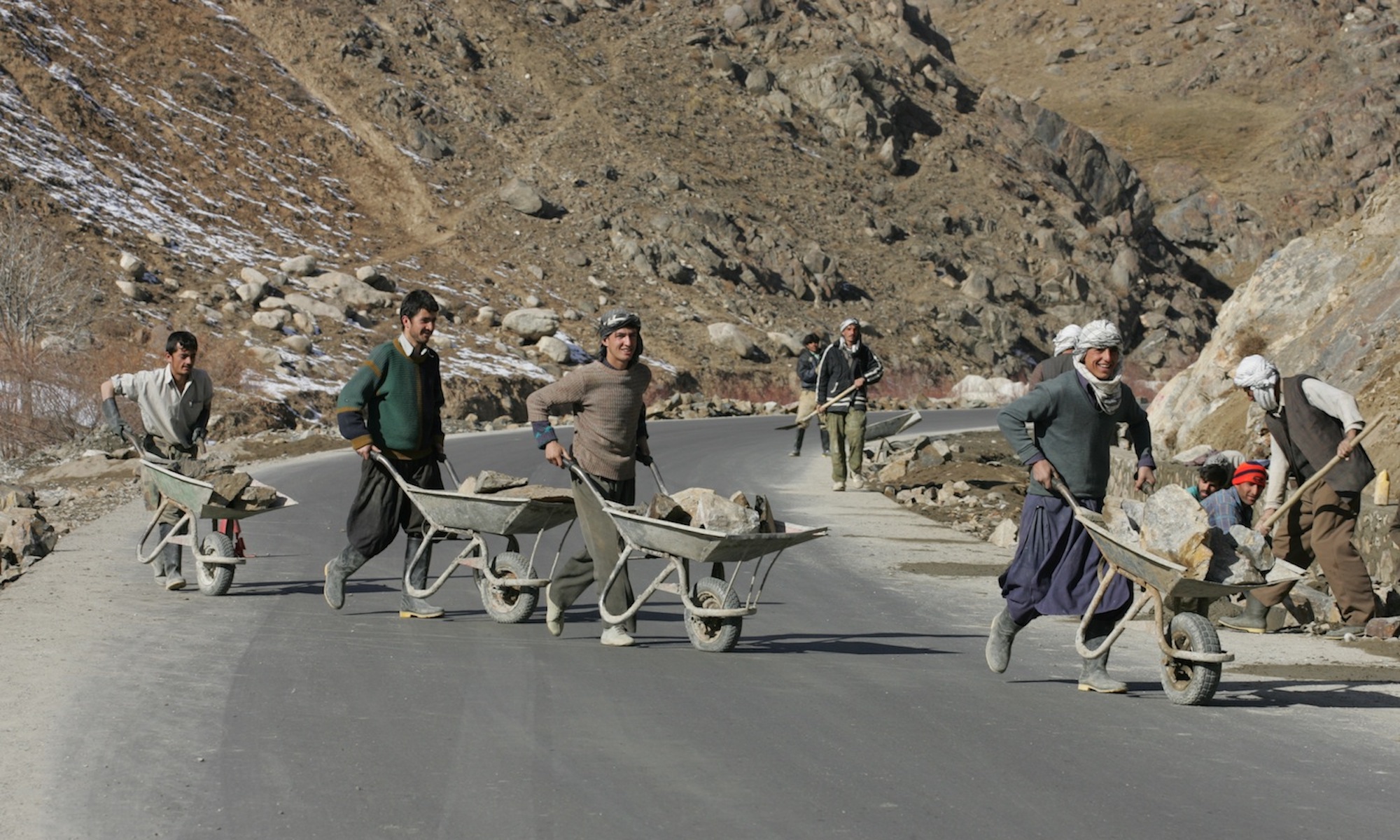Together in the middle: Back-channel negotiation in the Irish peace process
This article examines the development of cooperative relationships in back-channel communication and their impact on intraparty negotiation. It draws on extensive newly available evidence on back-channel communication in the Irish peace process to expand the range of detailed case studies on a topic which is shrouded in secrecy and resistant to academic inquiry. The article analyses the operation of a secret back channel that linked the Irish Republican Army to the British government over a period of 20 years, drawing on unique material from the private papers of the intermediary, Brendan Duddy, and a range of other primary sources. The article finds that interaction through this back channel increased predictability and laid a foundation of extremely limited trust by providing information and increasing mutual understanding. Strong cooperative relationships developed at the intersection between the two sides, based to a great extent on strong interpersonal relationships and continuity in personnel. This in turn produced direct pressure for changes in the position of parties as negotiators acted as advocates of movement in intraparty negotiations. The article finds that this back channel was characterized by a short chain, the direct involvement of principals and the establishment of a single primary channel of communication and that these features combined with secrecy to generate the distinctive cooperative dynamics identified in this article. It concludes that the potential for the development of cooperative relationships is particularly strong in back-channel negotiation for two reasons; first, the joint project of secrecy creates an ongoing shared task that builds trust and mutual understanding regardless of progress in the negotiations. Secondly, as a shared project based on the explicit aim of bypassing spoilers, the process creates structural pressures for cooperation to manage internal opponents on both sides, pressures intensified by the secrecy of the process.
From Transition to Transformation in Ethnonational Conflict: Some Lessons from Northern Ireland
Understanding Civil War : Evidence and Analysis, Volume 2. Europe, Central Asia, and Other Regions
The two volumes of Understanding Civil War build upon the World Bank’s prior research on conflict and violence, particularly on the work of Paul Collier and Anke Hoeffler, whose model of civil war onset has sparked much discussion on the relationship between conflict and development in what came to be known as the “greed” versus “grievance” debate. The authors systematically apply the Collier-Hoeffler model to 15 countries in 6 different regions of the world, using a comparative case study methodology to revise and expand upon economic models of civil war. (The countries selected are Burundi, Congo, Democratic Republic of Congo, Nigeria, Kenya, Mozambique, Sudan, Algeria, Mali, Senegal, Indonesia, Lebanon, Russian Federation, Colombia, Northern Ireland, Bosnia-Herzegovina, Macedonia, and the Caucasus.) The book concludes that the “greed” versus “grievance” debate should be abandoned for a more complex model that considers greed and grievance as inextricably fused motives for civil war.
Gender, Representation and Power-Sharing in Post-Conflict Institutions
The article sketches the tension between power-sharing as a form of conflict resolution and the implementation of WPS norms in peace processes. It begins with an exploration of each process, before considering how the cases have broached the relationship between power-sharing and women’s representation.
